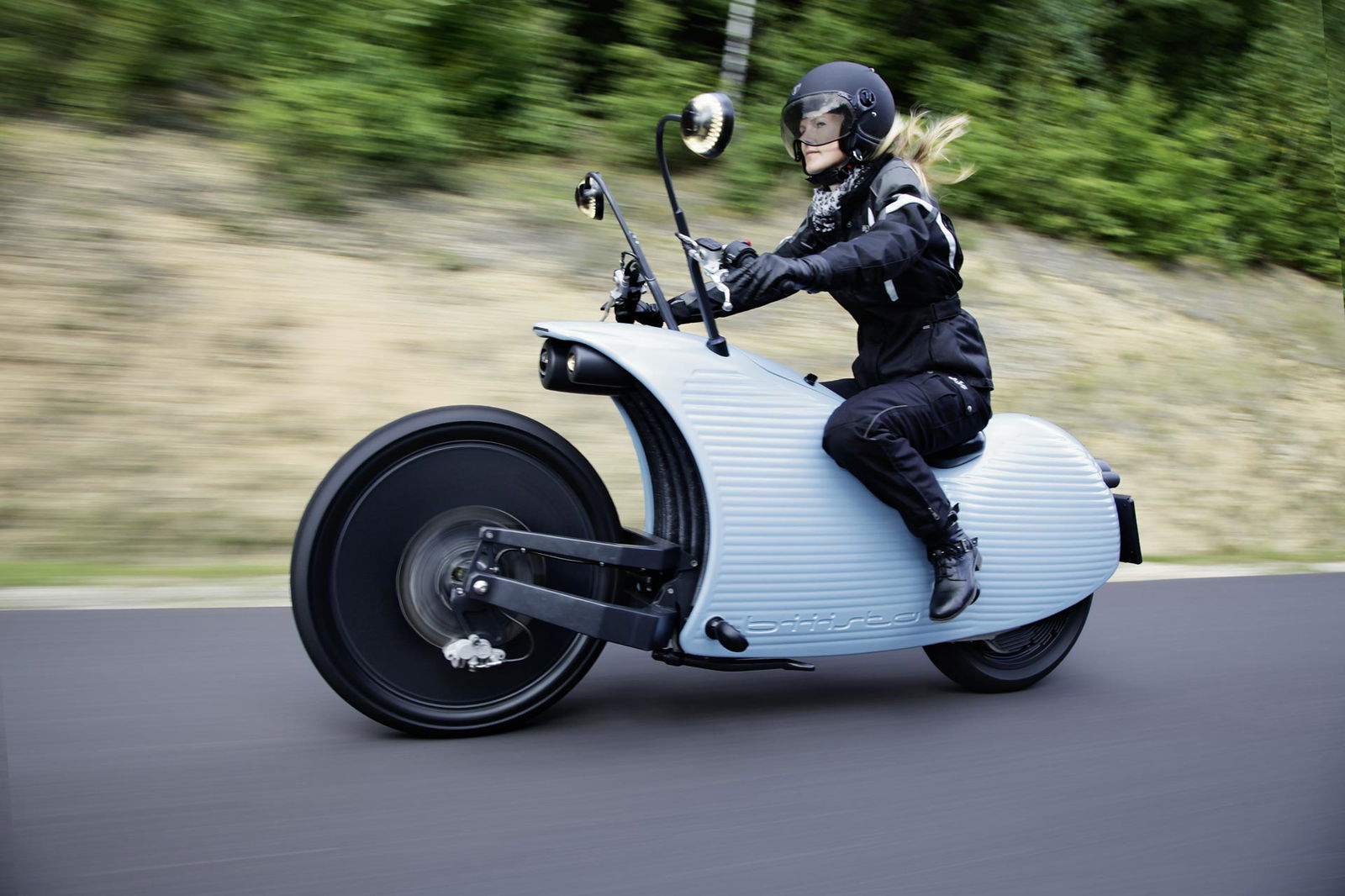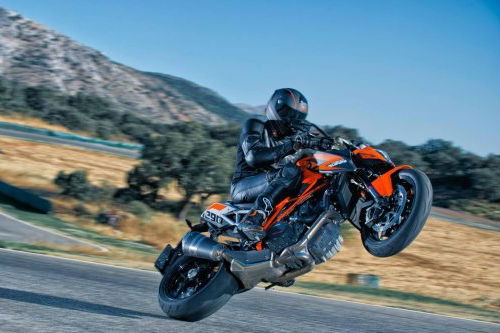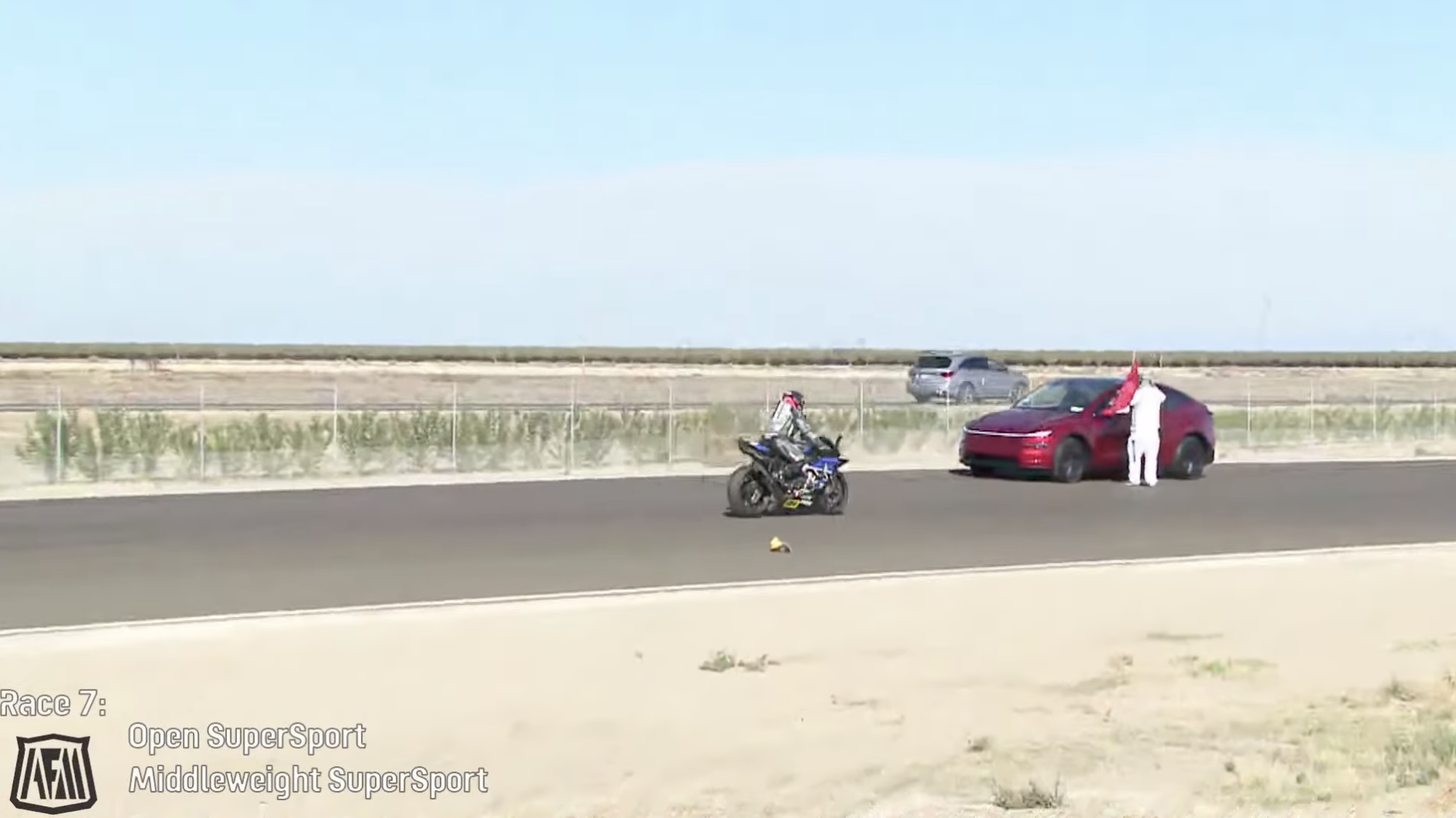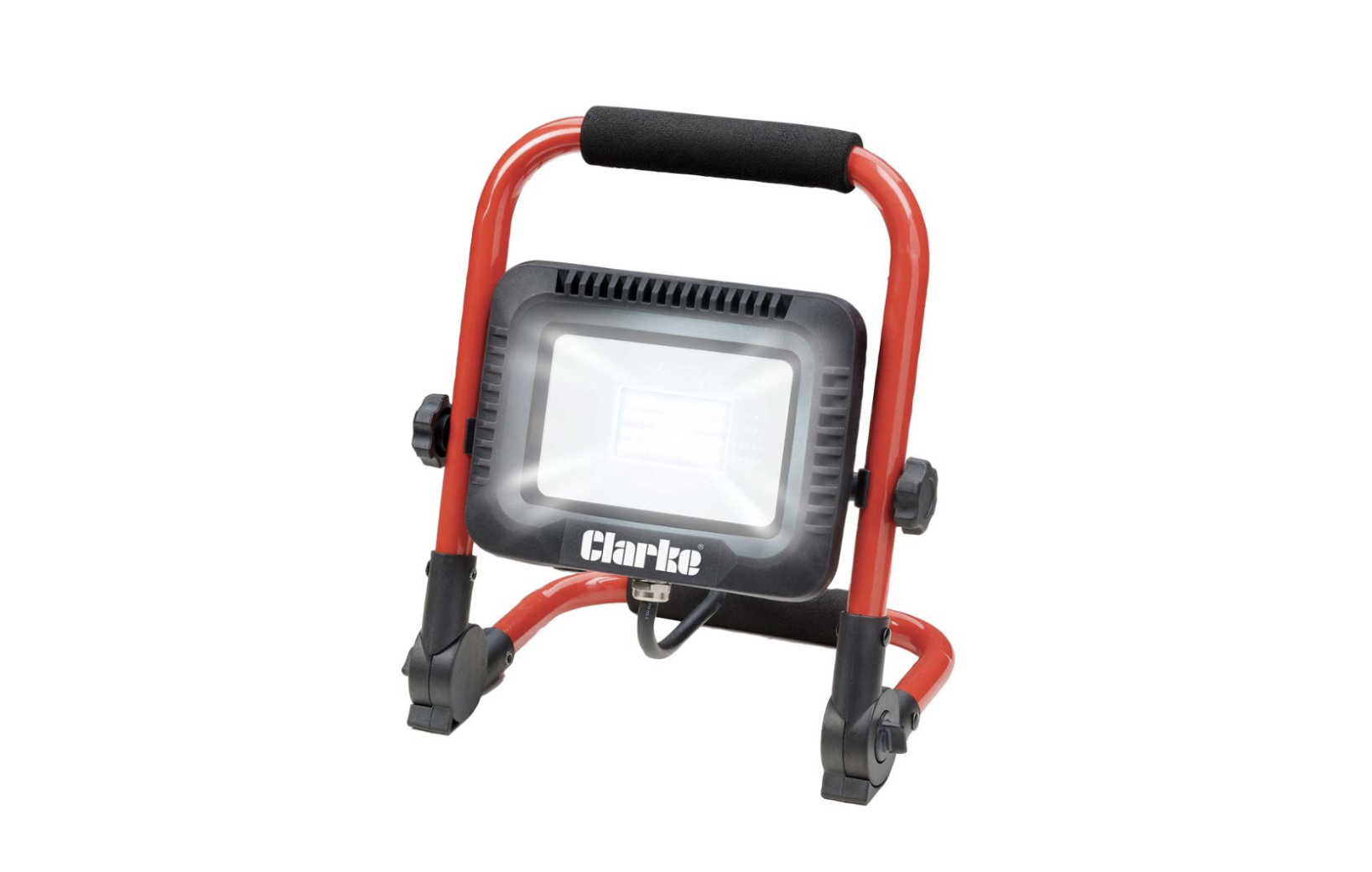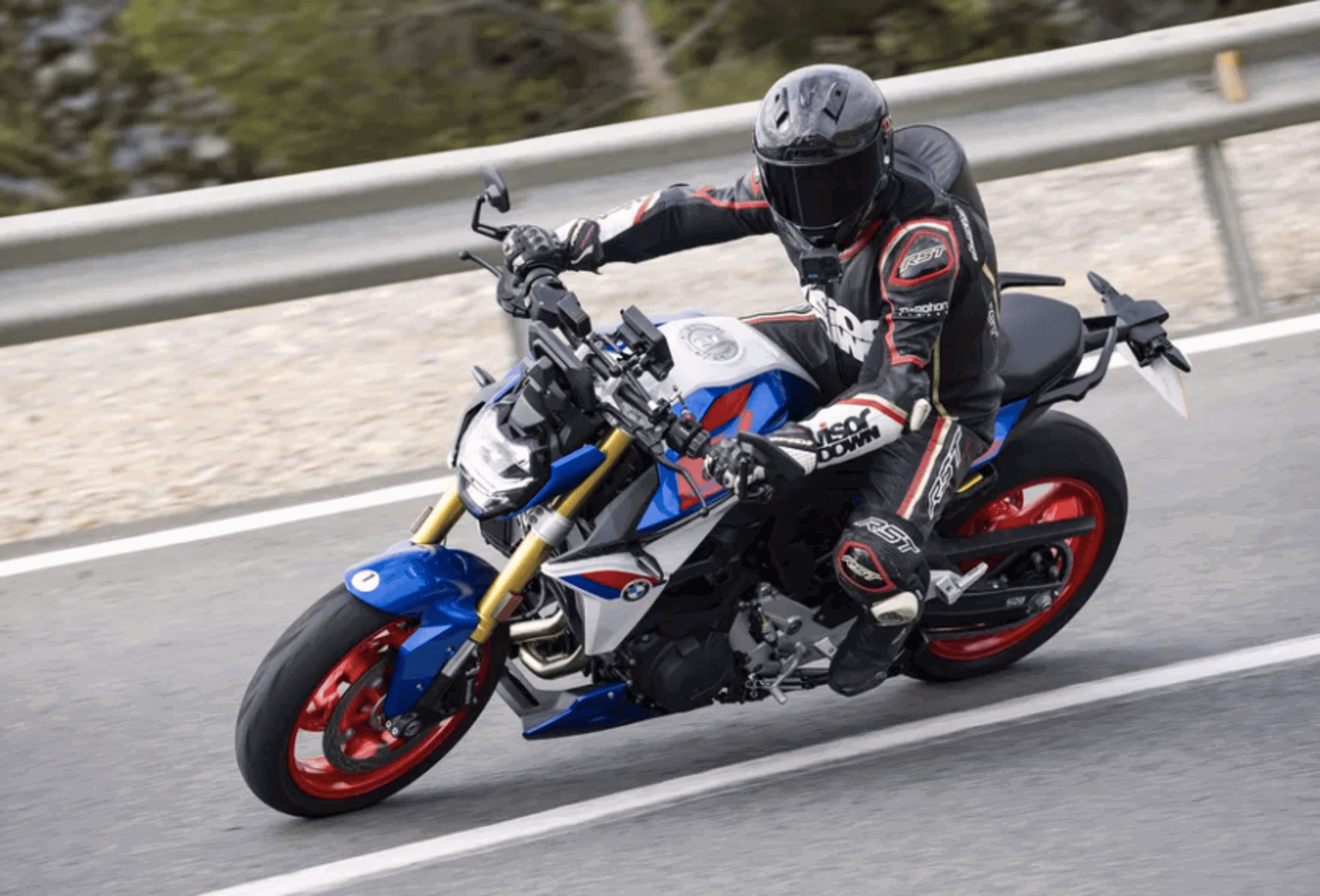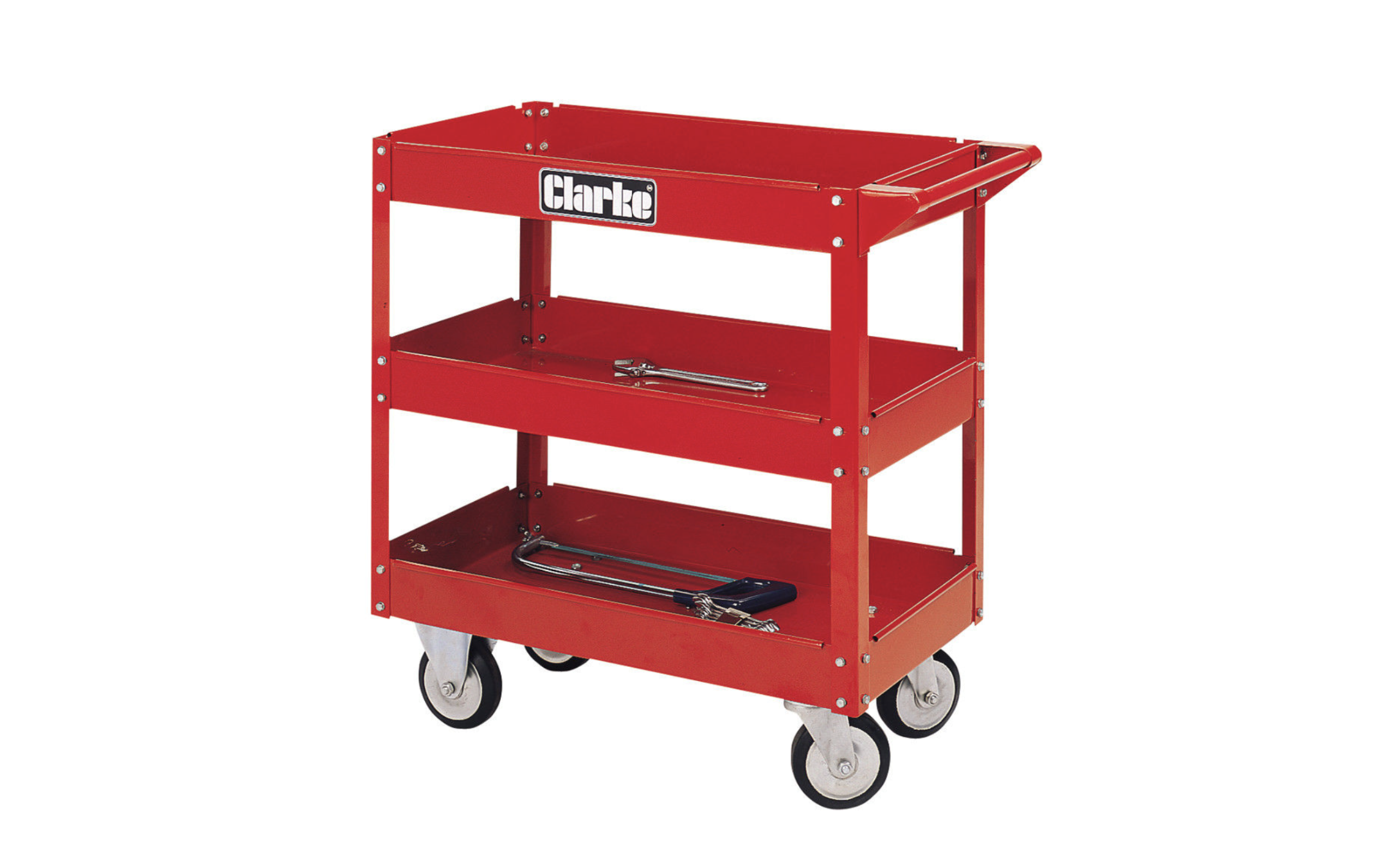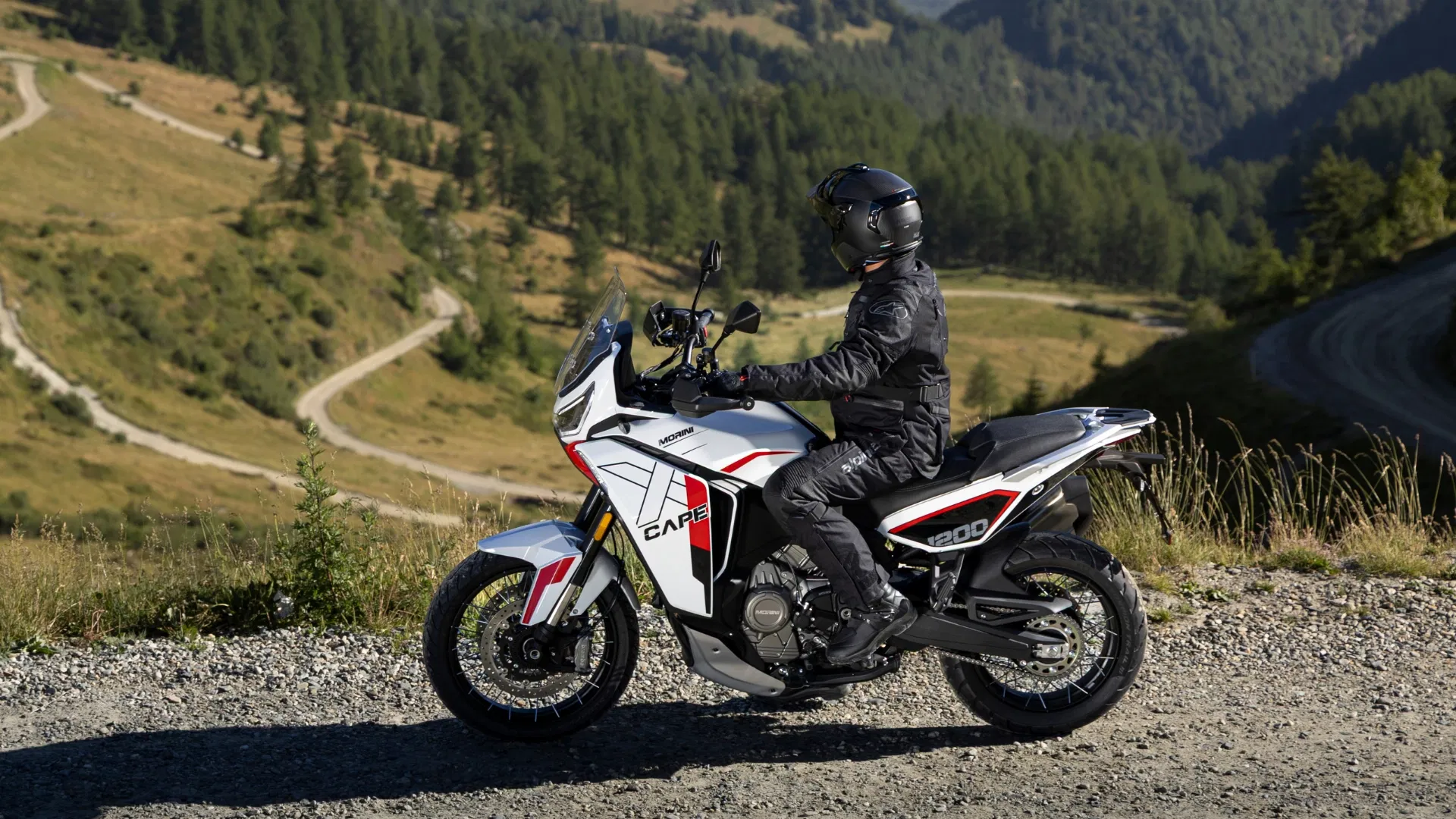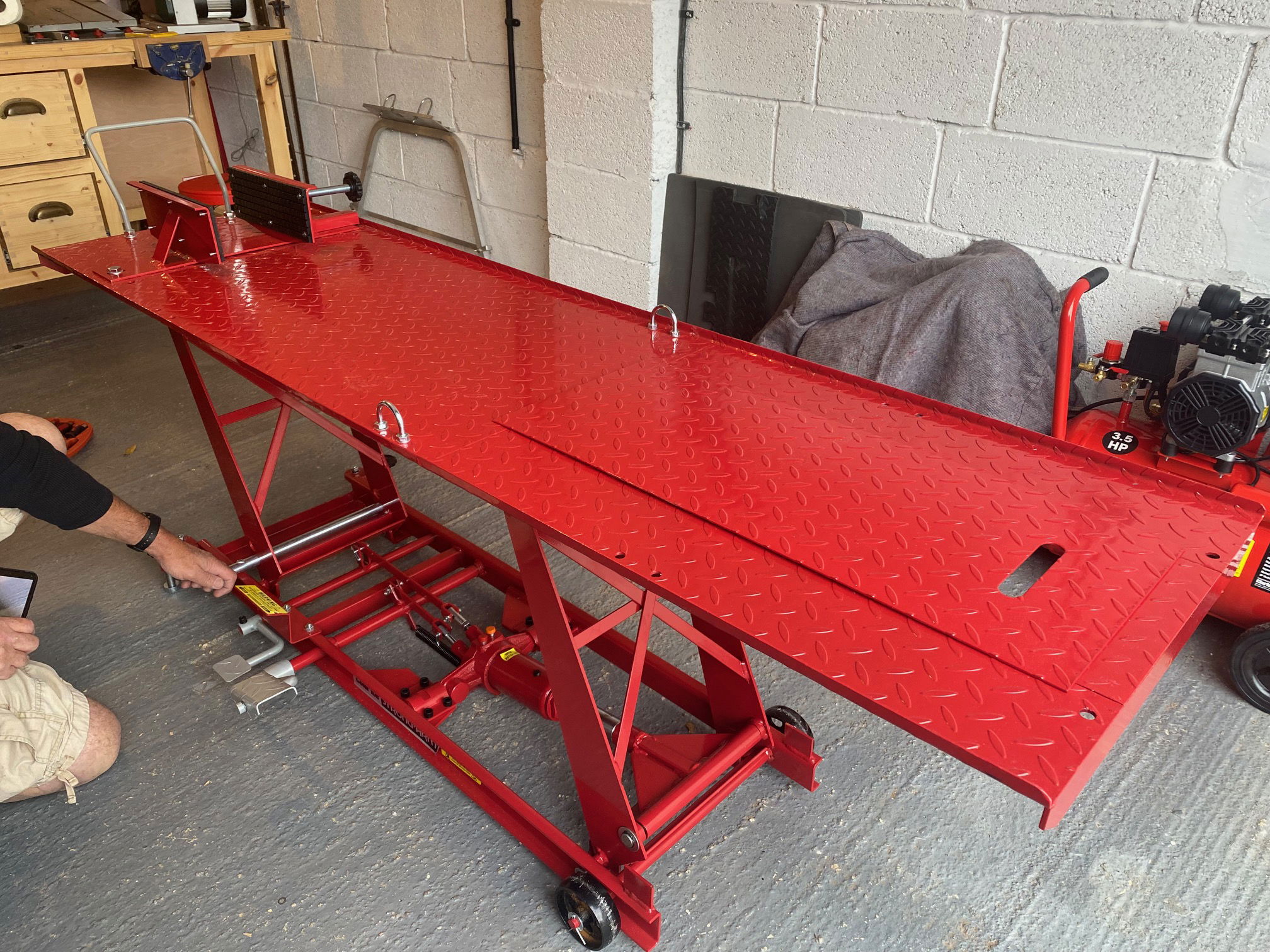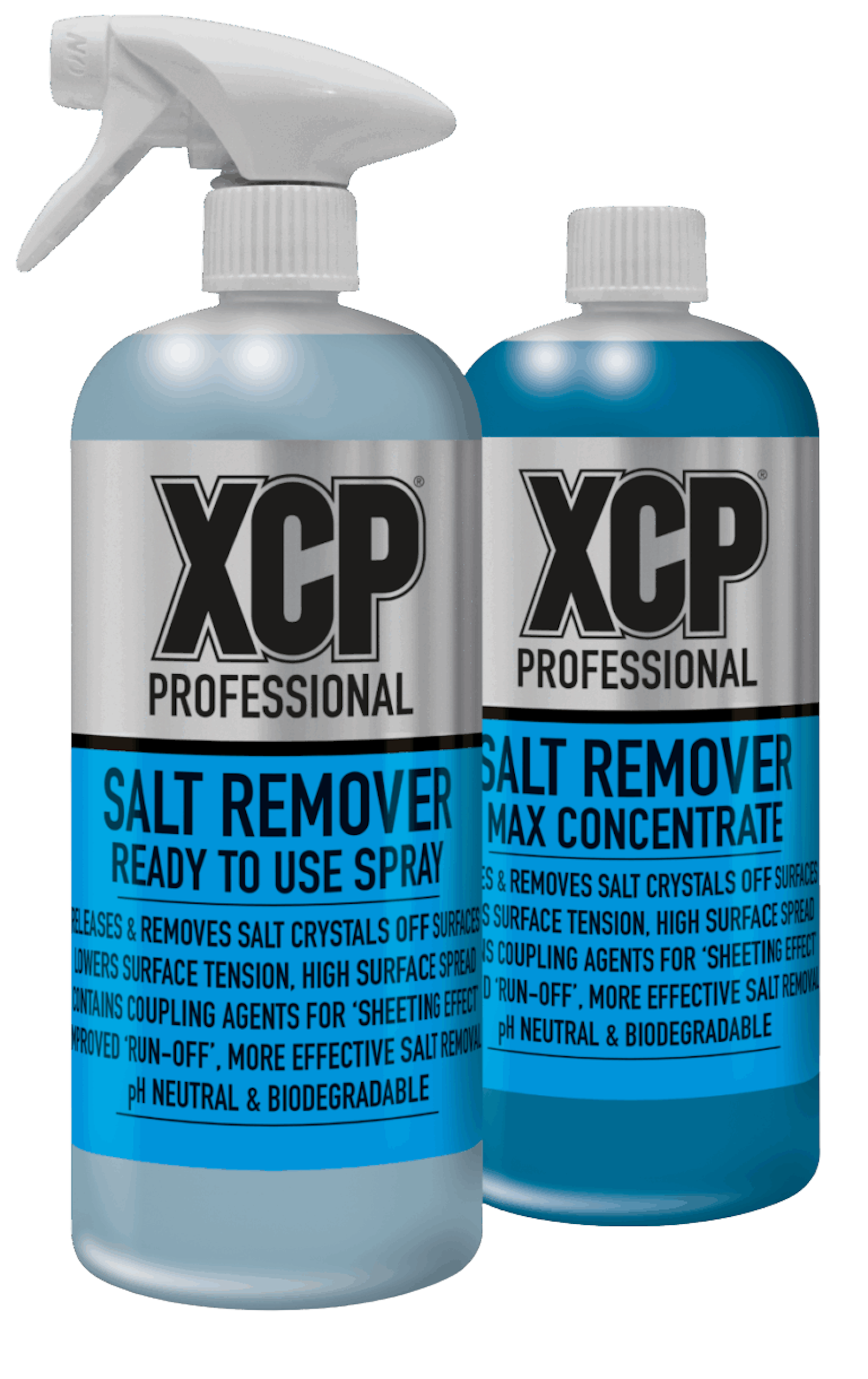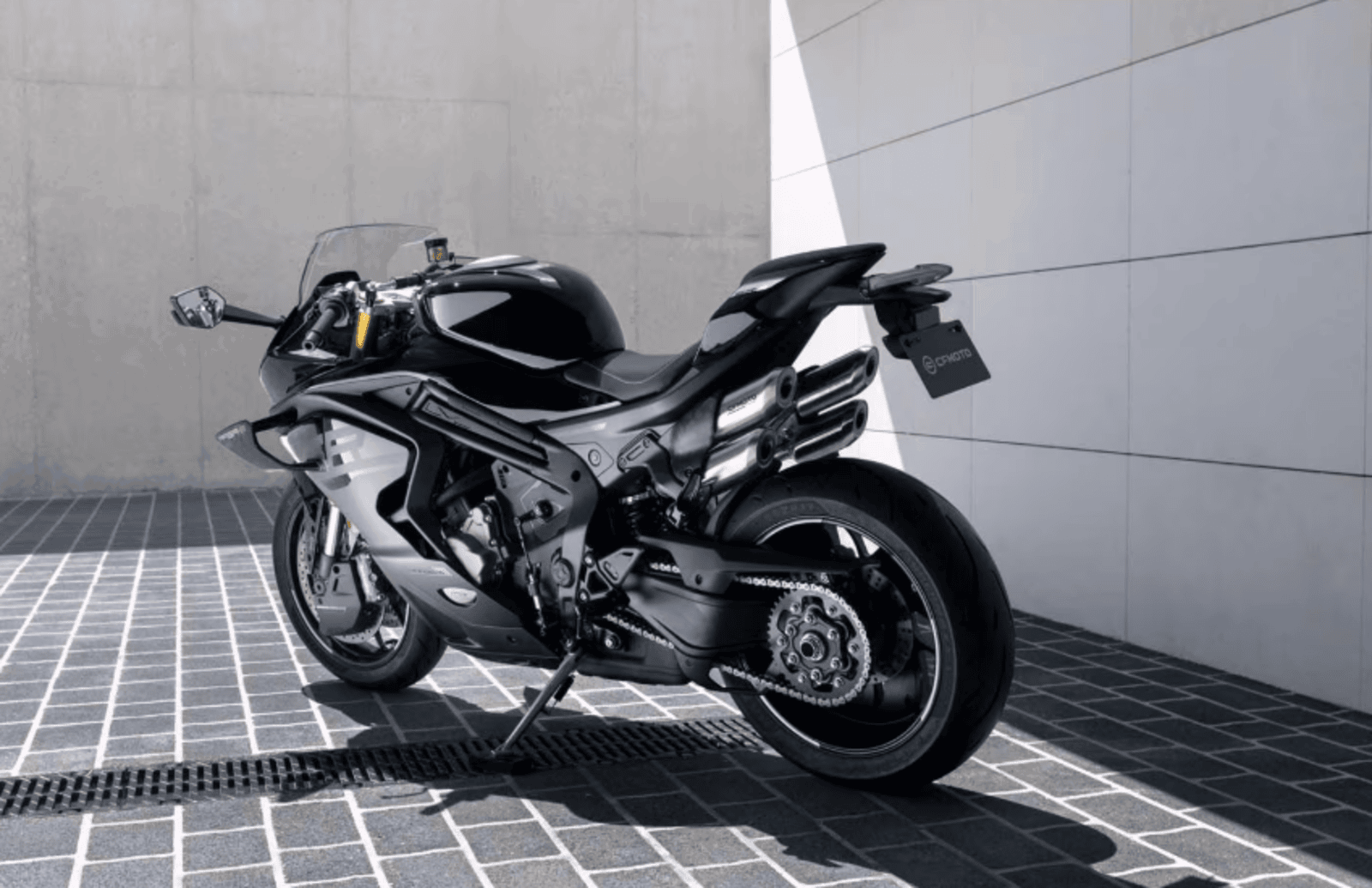Top 10 GP replica bikes for the road
Because bikes that make no sense are the most fun
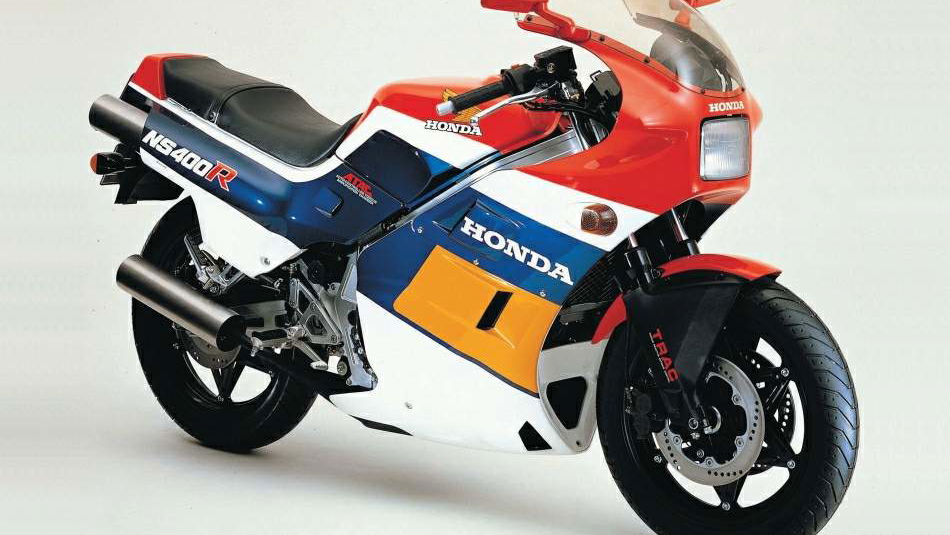
YOU know what roads are nothing like? Grand Prix circuits. Yes, they’re made of the same stuff but it’s bumpy, slippery and densely populated with traffic going in both directions.
So a ‘GP bike for the road’ is logically going to be terrible. It’ll be too stiff to cope with the bumps, it’ll have a riding position that only works when you’re going at 10/10ths (something that you won’t ever be able to do, because it will be far too fast) and it will probably have the sort of maintenance needs that would be just fine if you had a full pit crew living in your garage, ready to pounce and give it a thorough service every time you switch the engine off.
No, there’s no way a road-going GP bike makes any sort of sense.
But...
There’s always interest. There’s always somebody ready to splash out, often a ridiculous amount, to get just a taste of what their life might have been if they’d just had the money, the opportunities (and the ability, of course) to become a GP rider.
Regardless of how logically stupid a road-going GP bike is, the reality is that such machines are often near the top of the want list for many riders. If you won the lottery, wouldn’t you also be tempted?
And the end result is that there are a surprising number of options for riders looking for that race bike fix. Here, then, are our top 10 GP bikes for the road, starting with...
10: Honda NS400R
Look at the NS400R in the harsh light of the modern world and it doesn’t seem terribly racy. That back tyre is a mere 110-section – narrower than most 125s these days – and the riding position is fairly upright by modern race-rep standards. But sit one next to a 1983 NS500 GP bike and the similarities are astounding. It really is a close match for the racer, albeit rather toned down and far less powerful thanks to the detuning needed to make that 400cc (for Japanese licensing purposes) three-cylinder two-stroke reliable. Then again, the RC213V-S is a lot less powerful than a works RC213V racer, too, so that’s fair enough. Good luck if you want to wait for an RC213V-S to drop to the £3,500 price level needed to snap up an NS400R, though.
9: Suzuki RG500
The RG500 is perhaps the seminal road-going GP bike. It defined a class when it was new, and even today is mentioned in hushed tones as something of a legend. Prices have gone crazy now – a check on eBay’s sold listings shows that even fairly average ones have hit more than £10k. Some dealers are asking in excess of £20,000 for low-mileage RGs. Those NS400s, always something of a poor relation to the 500cc two-stroke Suzukis and Yamahas of the era, are starting to look like bargains.
Read our Suzuki RG500 vs Yamaha RD500LC classic road test
8: Yamaha RZV500R
Prices for Yamaha RD500s have gone nearly as crazy as those for RGs, despite the Yamaha always sitting in the Suzuki’s shadow somewhat. But forget the steel-framed, UK-spec RD500 for a moment, because the real jewel is the RZV500R that was sold in Japan. A hand-welded aluminium frame, just like the contemporary GP bike’s, was the RZV’s stand-out point, along with better suspension. Even finding one for sale over here is tough, and when you do you’d better be prepared to lever your wallet wide open if you want to get your name on the registration document.
7: Honda NR750
Of course, there’s expensive and then there’s expensive. And way above that there’s the Honda NR750. Why is it included here, when it’s not obviously a GP replica? Because that crazy, oval-pistoned V4 engine – effectively a tiny V8 with its pistons mounted in pairs, right down to having 32 tiny little valves – was born in GP racing. The long-forgotten NR500 that preceded it was Honda’s last-ditch attempt to beat two-stroke rivals without abandoning the firm’s traditional preference for four-stroke engines. It tried to make two-stroke power levels by revving twice as high, but still couldn’t touch them. Honda dropped the idea and turned to the NS500 stroker, but the NR idea lived on, eventually becoming the NR750 road bike in a display of engineering superiority that has yet to be equalled.
Read our Honda NR750 road test.
6: Aprilia RS250
While it’s easy to focus on the top end of the GP replica spectrum, it’s foolish to forget that for years the ultimate race replicas were actually two-stroke 250s that mimicked the bikes competing in the lower grand prix formula. The Aprilia RS250, particularly in its second-generation form, was particularly close to its racing sibling, at least in visual terms. Mechanically, it was quite different, with a Suzuki RGV250-derived engine rather than the pure race two stroke of the GP version that Valentinol Rossi cut his teeth on. Today an RS250 is one of the more practical propositions when it comes to GP replicas, but prices are on the up, with good bikes easily getting £3,000 to £4,000.
Read owner reviews of the Aprilia RS250.
5: Honda NSR250R
We’ve listed the NSR250R here because it’s something of a catch-all proposition. There’s a huge variety of NSRs, even though the model lasted less than 10 years in production. Such was the rate of development that the early ones, MC16s from 1987, look like they’re from another era entirely when compared to the final MC28 models with their single-sided swingarms and smart card ignition systems. Between them lie two further machines, the MC18 and MC21, along with a bewildering array of ‘SE’ and ‘SP’ variants. Over the same period the Yamaha TZR250, Suzuki RGV250 and Kawasaki KR1S made the 250 GP replica battlefield briefly the most exciting and varied part of the motorcycling landscape. For a few short years, there was an incredible choice of machinery, all directly spawned from the middle class of GP racing and offering a taste of the real two-stroke GP experience at achievable, everyman prices.
Read owner reviews of the Honda NSR250R.
Read our Suzuki RGV250 vs Kawasaki KR1S classic road test.
4: Ronax 500
Right. Enough with this ‘achievably priced’ nonsense. Now for some proper GP madness. And with that in mind, how about the Ronax 500? Designed to mimic the appearance of the Honda NSR500, perhaps the ultimate evolution of the 500cc two stroke, the Ronax is sort-of-road-legal and the firm will make you one for a mere €100,000 plus VAT. Bargain. Under that body is a bespoke twin-crank 499cc two-stroke V4, with fuel injection as a sop to modernity. It all adds up to 160hp, which might not sound like much in today’s power-crazed market, but we suspect that with two stroke power delivery and a 145kg dry weight, it will feel like a lot more.
3: Bimota V-Due
You could argue that the Bimota V-Due isn’t a GP replica. You’re right, it’s not a replica as such, but the project started as an attempt to make a real GP bike. Originally, Bimota hoped to cash in on the lower weight limits allowed for twins in the 500cc class, building its own engine which it had plans to run in a hub-centre-steered, Tesi-style chassis. Of course it didn’t happen, but that didn’t stop Bimota from spending years trying to make the engine into something that was road legal, passing increasingly stringent late-'90s emission laws. It did it, too, but the resulting engine never actually worked properly – the V-Due was so flawed that Bimota had to offer to buy them back (customers were offered an SB6 instead) and in doing so went bust. These days some owners claim to have got them working properly, but the V-Due’s real appeal is its aesthetics and the promise of what it might have been. When they turn up for sale, prices tend to be in the region of £15,000 – which is either not very much for a bike that’s such a legend or an awful lot for something that will probably never run very well.
2: Ducati Desmosedici RR
It’s nearly a decade since Ducati revealed the road-going Desmosedici and it still stands up as a convincing MotoGP replica. Sure, a modern BMW S1000RR or ZX-10R is probably faster and better handling, but the Des will hold its own and feel so much more special. Prices have remained pretty static – the Desmosedici was around £40,000 when it was new and they tend to cost around the same amount today. Not the gilt-edged investment that some buyers were clearly hoping for. Perhaps the biggest impact of the Desmosedici RR is that it proved there was a market for expensive, high-end superbikes. At the time it was launched, a typical 1000cc machine was around £9,000 or so, but despite costing four times as much, Ducati had to extend the production run to try and meet demand. Since then we’ve seen a stream of similar projects from other manufacturers. Without the Des, there might have been no Kawasaki H2, and there would almost certainly be no Honda RC213V-S. Some have speculated that Ducati is planning another Desmosedici RR model in the not-too-distant future. Don’t bet against it.
1: Honda RC213V-S
We won’t go into detail here about Honda’s road-going GP clone. You’ve probably read it all before. Suffice it to say that the fact it’s so incredibly similar to the race bikes belies the enormous effort that must have gone in to make it road legal and pass emission tests. Perhaps the power is disappointingly low in stock form (something that could also be said of the NR750 and the RC213’s great-grandfather, the NS400R) but it can be easily unleashed to give performance that’s as close to the MotoGP machine as the styling is. But what really makes the RC213V-S stand apart is the fact it’s built alongside the race bikes, by the same team of people. That hand-welded frame alone is a work of art that no mass-produced offering can ever hope to rival. Is it worth the money? If you’ve got enough of it, the answer is clearly ‘yes’ as Honda isn’t struggling to find buyers.
